Zara has steadily established itself as a frontrunner in the fast fashion industry, known for its ability to quickly adapt runway trends into affordable pieces available for the masses. The brand's unique business model allows it to release fresh collections several times a season, catering to fashion-forward individuals who crave newness and variety. Despite economic fluctuations and shifts in shopping patterns, Zara maintains its competitive edge through global expansions and a strong online presence. For those interested in exploring how Zara achieves this and what other fashion brands align with its success, continue reading below.
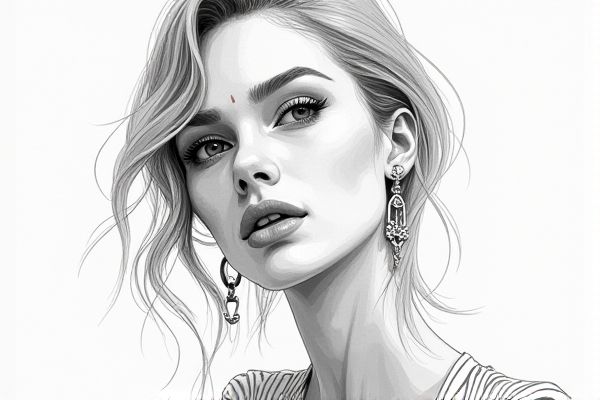
Illustration of Zara
Best brands of Zara in 2025
H&M
H&M, one of the key players in the fast-fashion industry, is not considered one of the best producers for Zara, as these two brands are direct competitors. Established in 1947, H&M operates over 3,832 stores worldwide and is well-regarded for offering fashion at affordable prices. However, they face significant challenges, including a massive inventory of unsold clothing valued at over $4 billion and a notably longer product turnover time of 138 days, comparatively longer than Zara's 88 days. For a detailed comparison of business models between H&M, Zara, and Uniqlo, you can explore this informative article on Investopedia.
Mango
Mango, although often compared to Zara, is a distinct and significant player in the fashion industry. It operates with a sophisticated global sourcing network involving 1,878 factories in 29 countries, with 44.8% of its Tier 1 garment suppliers based in the EU, including Turkey, and 54% in Asia. Mango's top production bases include Turkey with 187 factories, China with 176, India with 135, and Italy with 107. The company is known for its high-quality, high-end apparel, particularly with imports from Italy averaging a retail price of $107, significantly higher than those from other countries. Mango achieved record sales of EUR3.1 billion ($3.39 billion) in 2023, highlighting its strong market presence. For more insights, you can explore Mango's apparel sourcing strategies.
Uniqlo
Uniqlo, owned by Fast Retailing, is a formidable competitor to Zara and H&M, distinguished by its focus on quality, affordability, and innovative fabrics like HeatTech, LifeWear, and AIRism. As of 2019, Uniqlo generated $22 billion in revenue, with 83% of Fast Retailing's total revenue coming from Uniqlo. The brand has a strong presence in China with over 800 stores, surpassing Zara's 200 stores and H&M's 500 stores in the region. Uniqlo's strategic approach to product planning, design, and distribution allows for efficient supply chain management and cost savings, enabling it to offer high-quality products at lower prices. Uniqlo's brand value grew to about $9.6 billion in 2022, reflecting its growing influence in the global fast fashion market. To learn more about Uniqlo's growth strategies and its position as a leading fashion retailer, visit Uniqlo's journey to becoming the world's top fashion retailer.
Topshop
Topshop is not associated with Zara or the Inditex Group; instead, Zara is the flagship brand of Inditex, known for its fast fashion strategy, producing over 12,000 styles annually and capturing nearly 73% of Inditex's total sales in 2023. Zara's success is attributed to its lean supply chain, strong retail marketing, and customer co-creation culture. The brand has a global presence with 2,047 stores worldwide, including 1,202 in Europe, and enjoys high brand awareness and customer loyalty. Zara's e-commerce revenue has significantly grown, reaching $6.16 billion in 2022. The brand's focus on rapid market feedback and limited production quantities enhances its desirability and encourages frequent customer visits. For more detailed statistics about Zara, visit Zara's statistics page.
COS
COS is not a producer for Zara; it is actually a separate fashion brand owned by the H&M Group. Here are some key points about COS and its distinction from Zara: COS is known for its minimalist and modern design, often referred to as "High Street Celine." Unlike Zara, which is owned by Inditex and has a strong presence in Spain, COS operates under the H&M Group and has a different market focus. In 2019, COS generated around 12% of its total net sales online, compared to Zara's parent company Inditex, which had 14% of its sales from online channels. COS faces challenges in inventory management and omnichannel integration, which are areas where Zara excels with its highly automated and responsive supply chain. Zara is renowned for its rapid product turnover and high inventory turns, selling 85% of its items at full price, a significant difference from COS's operational model. For more insights, read this detailed analysis on COS's performance from Business of Fashion.
ASOS
ASOS stands out as a leader in the online fashion retail sector, renowned for its exceptional customer experience. In 2022, research by Chattermill found that ASOS received consistently high scores from over 152,000 fashion shoppers on TrustPilot, highlighting its strong performance in customer satisfaction. ASOS sold more than 348 million units in 2019, generating £86 in revenue every second and a profit of £14.87 per second, reflecting a 16% profit margin. The brand's success is also marked by its high average order value of $125-150 and a conversion rate of 1.00-1.50%. ASOS's commitment to customer experience has contributed significantly to its market dominance.
Massimo Dutti
Massimo Dutti, though not a producer for Zara, is a premium clothing retailer owned by Inditex, the same parent company as Zara. Established in 1985, Massimo Dutti specializes in cashmere and wool products, and it has expanded its product range to include women's and children's clothing since 1995. The brand operates over 800 stores in 76 countries and employs more than 10,000 people internationally. Massimo Dutti is known for its high-end, masstige market positioning and its commitment to social rehabilitation programs. It was fully acquired by Inditex in 1995 after initially acquiring 65% of the shares in 1991. For more information, you can visit the Massimo Dutti Wikipedia page.
Bershka
Bershka, a prominent brand within the Inditex Group, is a significant contributor to the group's success, particularly among younger demographics. Founded in 1998, Bershka operates over 860 stores worldwide and is the second most lucrative brand in the group, generating around 10% of Inditex's total sales. It is also the second most followed fashion brand in the Inditex Group on Instagram, with almost 11 million followers. Bershka's strong presence in high street fashion and its focus on fast-fashion concepts have made it a key player in the global apparel market. As of 2023, Bershka continues to be a vital part of Inditex's portfolio, supporting the group's record annual sales and strong financial performance. For detailed insights, you can explore Inditex Group's worldwide sales data by format.
Stradivarius
Stradivarius, a brand owned by Inditex, the same parent company as Zara, is a significant player in the fast fashion industry. Founded in Barcelona in 1994, Stradivarius boasts around 900 stores in 60 countries and generates substantial sales, having hit the $1.1 billion mark in 2013. It employs similar fast fashion tactics as Zara, quickly converting runway looks into ready-to-wear garments and leveraging social media trends. Stradivarius has a strong global presence, with flagships in fashion centers like Paris, London, and Milan, and it outnumbers stores of brands like Abercrombie & Fitch and J. Crew combined. Despite its success, Stradivarius has not yet expanded into the U.S. market. For more insights, visit this Business of Fashion article.
Pull & Bear
Pull & Bear, one of the brands owned by Inditex, the same parent company as Zara, is known for its youthful and casual fashion appeal. While it does not overshadow Zara in terms of sales, Pull & Bear contributes significantly to Inditex's overall revenue. For instance, Inditex reported a 2023 net profit of 5.4 billion euros, with all its brands, including Pull & Bear, contributing to this growth. Pull & Bear, along with other Inditex brands, benefits from the company's vertically integrated supply chain and technology-driven operations, which enable rapid response to market trends and high inventory turnover rates. This strategic approach helps maintain customer loyalty and drives sales, although specific sales figures for Pull & Bear are not typically broken out from the overall Inditex financial reports. Learn more about their collections on the official Pull & Bear website.


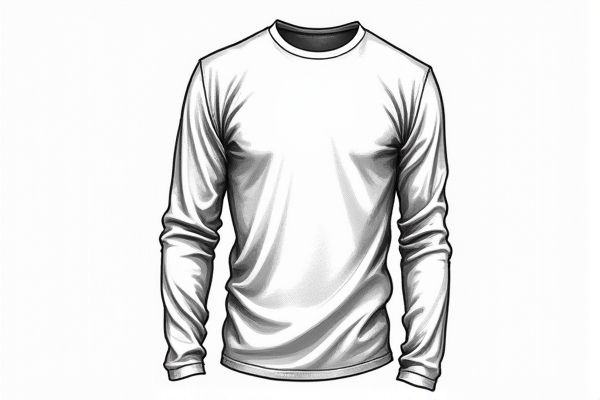
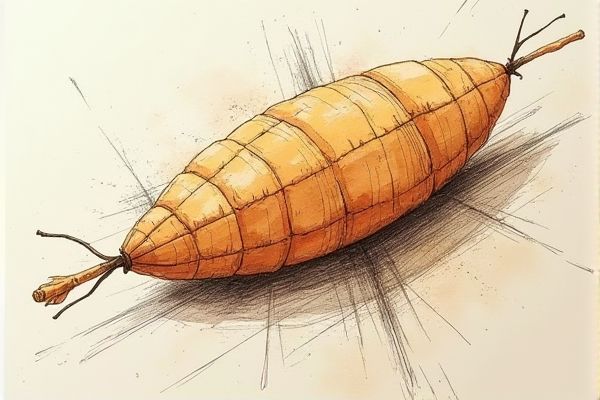
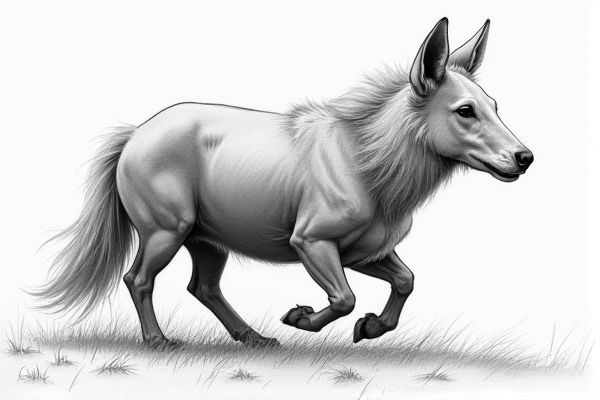
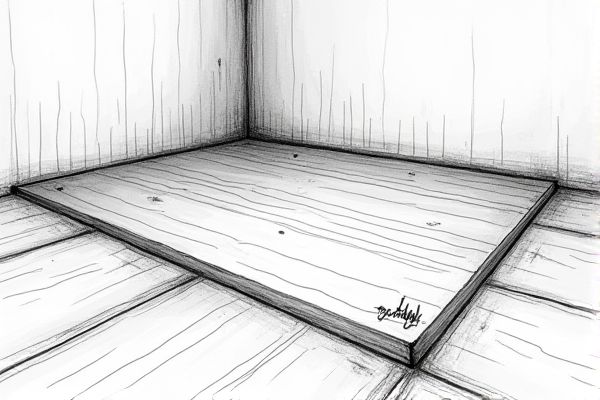





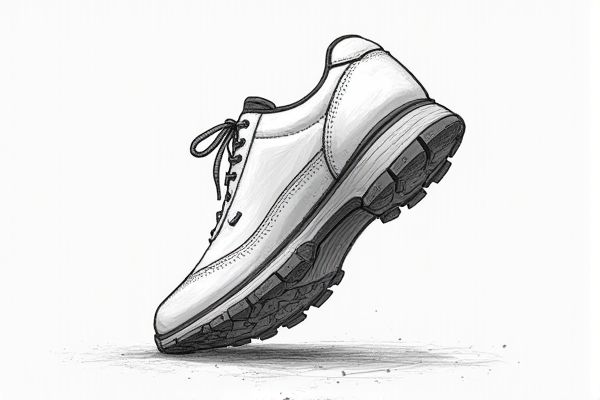
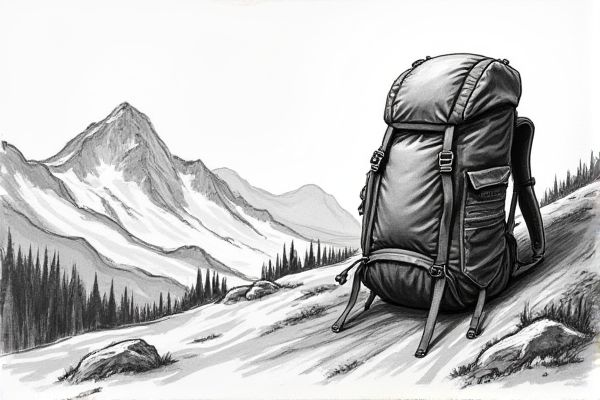
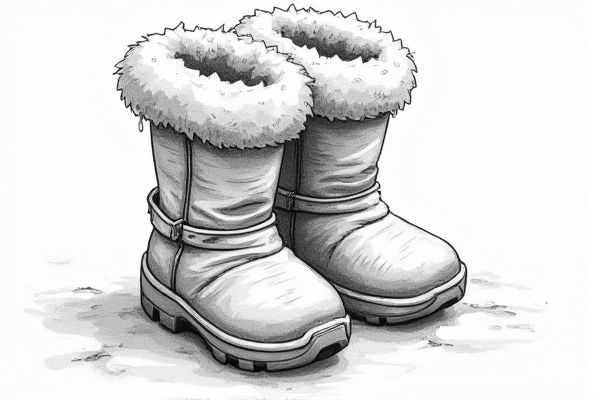
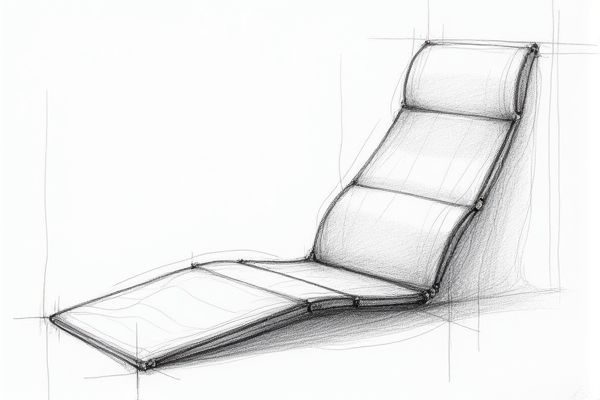
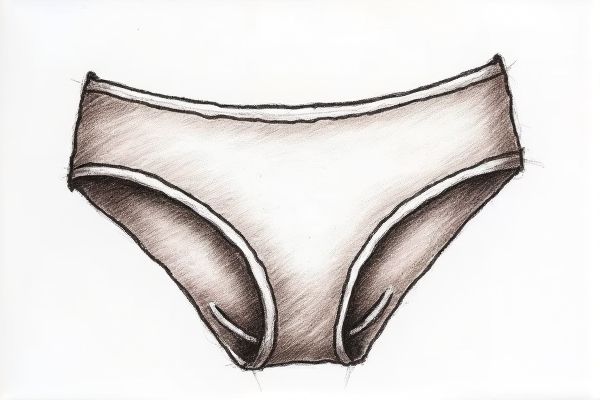
Leave a Reply
Your email address will not be published.